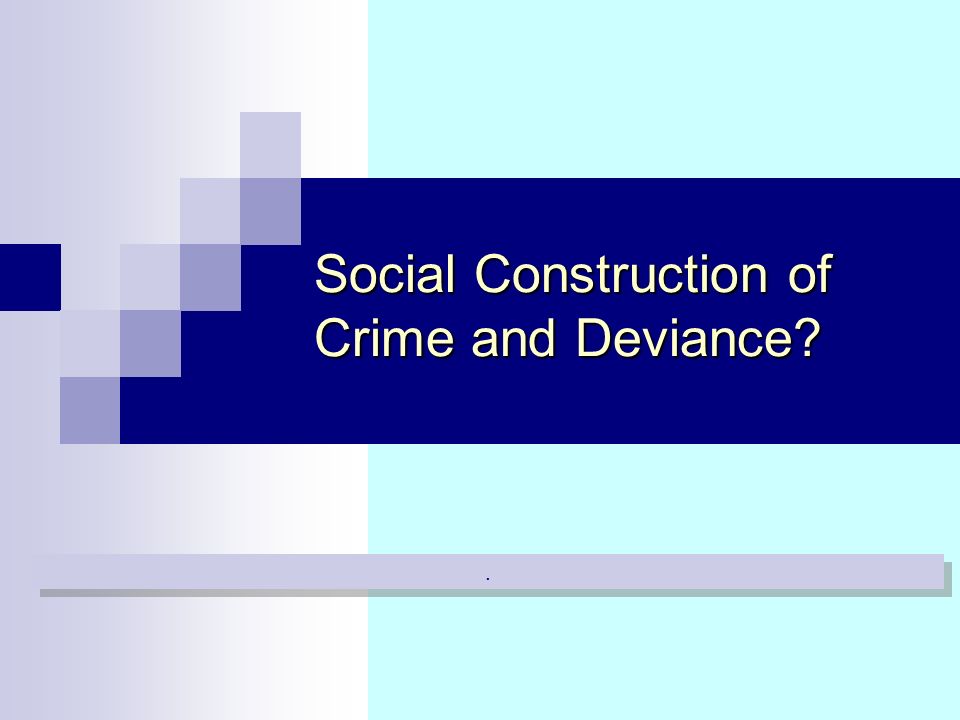Social construction of crime: crime as social response.
Jun 13, 2023
This paper describes the notion of crime as a social response, and how different societies have different approaches to punishing certain acts. It looks at how criminals are perceived in society, and how this impacts public opinion on crime and punishment. It discusses the various ways in which crimes can be defined within a given culture or society, from official laws to informal norms. The paper also considers the effects of criminalization on those who are subjected to it—from oppressive enforcement tactics to long-term economic disadvantage. Finally, it examines some potential solutions for addressing the social construction of crime, including restorative justice measures and community-based interventions.
The social construction of crime is an important issue in any society, as it can influence how different crimes are viewed by the public. When individuals break laws or commit acts that go against the values of a given culture, they are labeled criminals and subjected to punishment. However, criminalization is not always based on objective criteria. Different societies have various ideas about what constitutes an act worthy of punishment, and this impacts how criminals are viewed within those societies.

In some cultures, certain behaviors may be seen as deviant without necessarily being illegal—such as smoking marijuana in certain countries where it has been decriminalized, or adultery in religious communities where it is frowned upon but not addressed through legal means. This reflects the notion that criminal behavior can be socially constructed; what is considered criminal in one society may not be so in another.
While some forms of punishment—such as fines or jail time—are intended to deter future criminal behavior, they can have unintended consequences that punish individuals further. For example, an individual who is jailed may find it difficult to access employment or resources upon release, leading to a greater likelihood of recidivism and economic disadvantage. This has been demonstrated on a larger scale through the “school-to-prison pipeline” phenomenon in the United States, where students with minor infractions are more likely to end up incarcerated than those without them.
